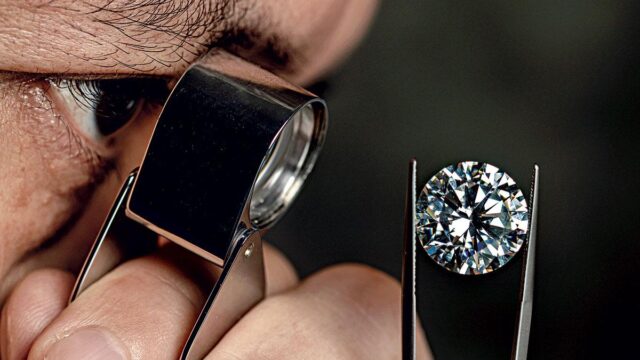
Diamonds have long been a symbol of love, commitment, and luxury. However, as consumers become increasingly conscious of the environmental and social impact of their purchases, the diamond industry is facing growing scrutiny over the sustainability of its practices. In recent years, lab-grown diamonds have emerged as a potential alternative to mined ones, offering a more sustainable and ethical option for consumers. In this article, we will explore the sustainability of lab-grown diamonds versus mined ones, looking at the environmental impact, human rights concerns, energy consumption, economic viability, and consumer demand.
Environmental Impact of Mined Diamonds
Mined diamonds are typically extracted from open-pit mines, which can lead to significant land destruction and habitat loss. The diamond mining industry also uses large amounts of water, which can lead to water pollution and depletion in areas where water resources are already scarce. Furthermore, mining can contribute to soil erosion and deforestation, as trees are cleared to make way for mining operations.
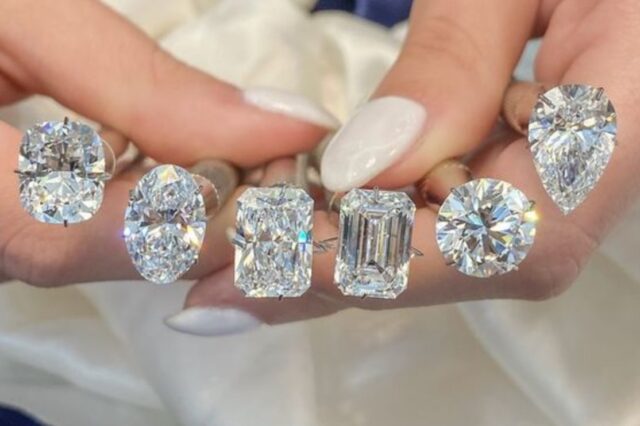
Human Rights Concerns
Another major issue with mined diamonds is the human rights concerns associated with their production. Many miners work in dangerous and exploitative conditions, often for very low wages. Additionally, this industry has been linked to the trade of “conflict diamonds,” or ones that are mined in war zones and used to finance armed conflict. They have been used to fund violent conflicts in countries such as Sierra Leone, Angola, and the Democratic Republic of Congo, leading to widespread human rights abuses.
Social Impact of Lab-Grown Diamonds
In contrast, lab-grown diamonds offer a more sustainable and ethical alternative. Because they are grown in a controlled laboratory environment, there is no need for large-scale mining operations or the associated environmental and social impacts. Additionally, many companies that produce them offer fair wages and safe working conditions for their employees, providing a more socially responsible option for consumers.
Energy Consumption
One area where lab-grown diamonds have been criticized, however, is their energy consumption. The process of growing them in a lab requires a significant amount of energy, which can lead to a high carbon footprint. However, some companies are working to address this issue by using renewable energy sources such as solar or wind power to power their production.
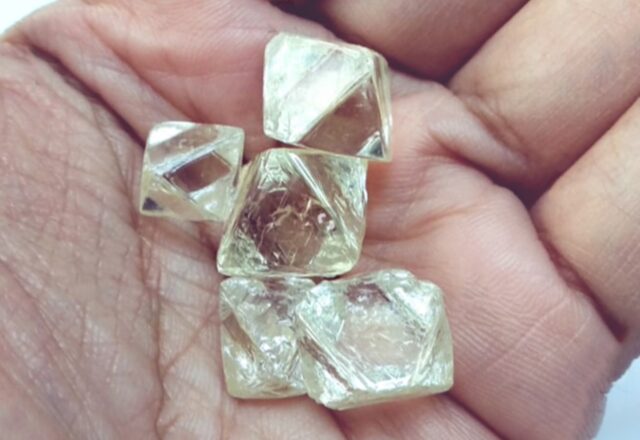
Economic Viability
Another factor to consider is the economic viability of lab-grown diamonds versus mined ones. In general, lab-grown diamonds are less expensive than mined ones, as they require less labor and resources to produce. However, the market for lab-grown diamonds is still relatively small, and some consumers may be hesitant to purchase them due to concerns about their perceived value and status. Additionally, the long-term economic viability of lab-grown diamonds is still unclear, as the technology is still relatively new and may face challenges in scaling up production to meet demand.
Consumer Demand
Despite these challenges, the demand for lab-grown diamonds is growing, particularly among younger consumers who are more environmentally and socially conscious. Many millennials and Gen Z consumers are willing to forgo the traditional diamond engagement ring in favor of a lab-grown one that aligns with their values. As a result, many jewelry companies are now offering these options, recognizing the growing demand for sustainable and ethical products.
Lab Diamond Rings
One area where lab-grown diamonds are particularly well-suited is in the production of lab diamond rings. They offer a more affordable and sustainable option for engagement rings and other diamond jewelry, allowing consumers to enjoy their beauty and symbolism without the environmental and social costs of mined diamonds. Additionally, many lab-grown diamonds are virtually indistinguishable from mined ones, meaning that consumers can still enjoy the same level of quality and beauty without ethical concerns.
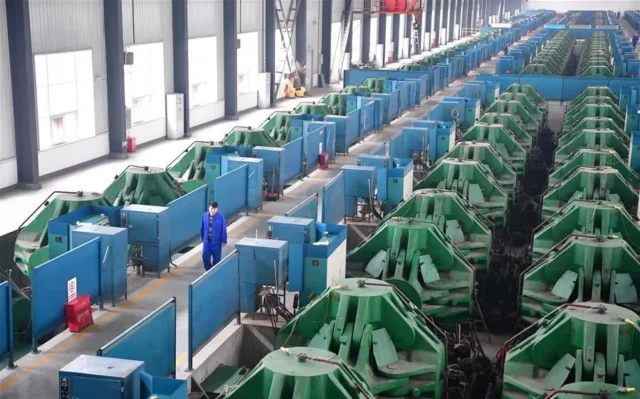
Innovation in Lab-Grown Diamond Production
As the demand for sustainable and ethical diamonds grows, companies are investing in new technologies to produce lab-grown ones in a more efficient and sustainable way. One such innovation is the use of plasma-enhanced chemical vapor deposition (CVD) technology, which allows for the production of high-quality diamonds with a smaller carbon footprint. In this process, a diamond seed is placed in a vacuum chamber, and a mixture of gasses is introduced, which is then heated to create a plasma that deposits carbon atoms onto the seed, causing it to grow into a diamond. This technology allows for the production of larger and more complex diamonds, as well as a greater range of colors and qualities, making lab-grown diamonds an increasingly attractive option for consumers.
Lab-Grown Diamonds and the Future of Sustainable Jewelry
As consumers become increasingly conscious of the impact of their purchases, sustainable and ethical jewelry is likely to become an increasingly important part of the jewelry market. Lab-grown diamonds are just one example of the innovative and sustainable technologies that are emerging in the jewelry industry, offering a more responsible and ethical alternative to traditional mining. As the technology for producing lab-grown diamonds continues to improve and the market for sustainable and ethical jewelry grows, it seems likely that they will play an increasingly important role in the future of sustainable jewelry. And as more consumers embrace the values of sustainability and ethics in their purchasing decisions, the jewelry industry will be forced to adapt and innovate to meet this growing demand.
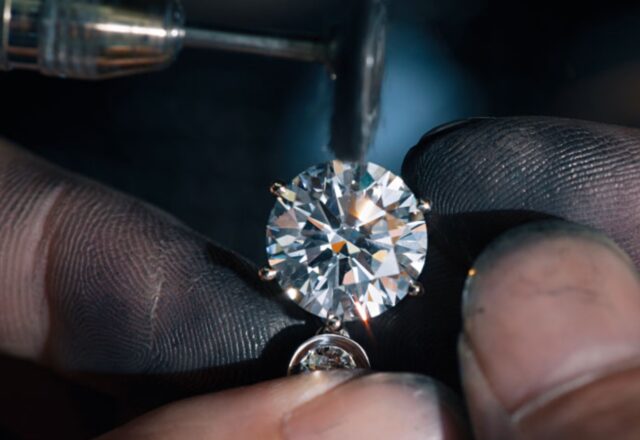
Conclusion
Ultimately, the choice between lab-grown and mined diamonds is a personal one that will depend on a variety of factors, including individual values, budget, and aesthetic preferences. For those who prioritize sustainability and ethical considerations, lab-grown ones offer a compelling alternative to mined ones, allowing consumers to enjoy their beauty and symbolism without the environmental and social costs. And for those looking for an engagement ring or other diamond jewelry, lab-grown diamonds offer a high-quality and affordable option that can be just as beautiful and meaningful as mined ones. So whether you choose a lab-grown or a mined diamond ring, it’s important to make an informed decision that aligns with your values and priorities.









